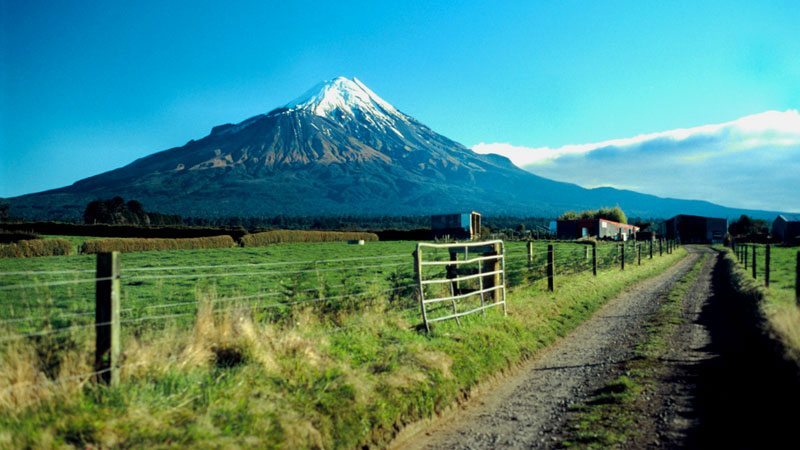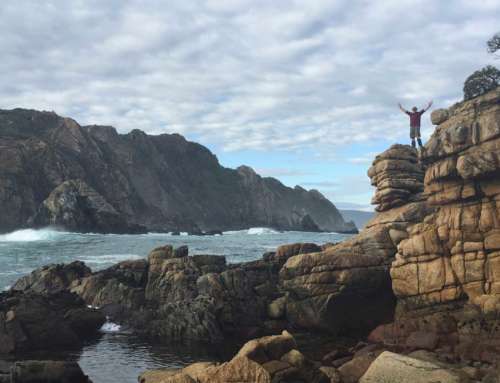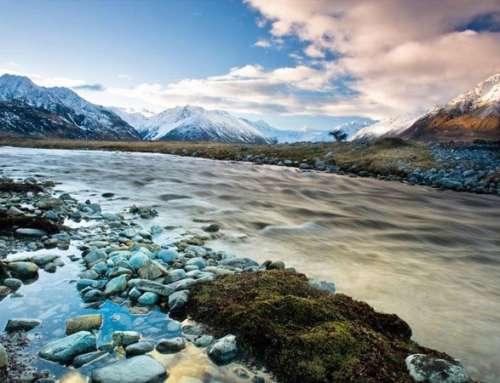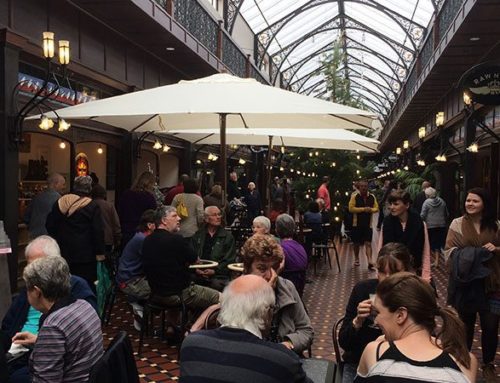New Zealand’s North Island is blessed with a mild maritime climate ranging from subtropical in the Far North to temperate in the rest of the island.
The land was moulded aeons ago by the fierce fires of countless volcanoes – the last eruption was as recent as 1996, when giant Mt Ruapehu blew its top. Lake Taupo’s deep crater erupted in 186AD with devastating results for the pristine forests across the island. Nowhere is the island’s turbulent geological past more evident than in the country’s foremost tourist resort and thermal hotspot, Rotorua, on the Central Volcanic Plateau. Here, boiling mud pools and gushing geysers entertain visitors and demonstrate the powerful forces at work in the geothermal region that extends through the Bay of Plenty out to White Island, New Zealand’s most active volcano.
Despite its volcanic creation much of the North Island is covered with emerald green dairy pasture and gentle rolling hills dotted with millions of sheep. The visitor soon gains the impression that New Zealand is one huge sheep and cattle farm, which is partly true as most of the 4 million population is concentrated in the main cities. Auckland, the Queen City of the north has one million inhabitants and welcomes around 1.4 million overseas visitors as New Zealand’s main gateway. Other main North Island centres are Hamilton, Napier, New Plymouth, Wanganui, Palmerston North and Wellington.
Regional differences can be discerned in this diamond-shaped island. The Far North is subtropical with deeply indented bays adorned with golden sand beaches and backed by lush forests. Tall, ramrod-straight Kauri trees tower skywards in remnant forests on the Kauri Coast. The east coast boasts a shimmering aquatic playground called the Bay of Islands.
The Waikato Basin centred on Hamilton, is the island’s richest dairy pastureland (perhaps the finest in the world). Taranaki is similarly endowed with lush grasslands formed around the distinctive volcanic cone of Mt Taranaki/Egmont. East Cape is a sparsely populated scenic touring route along a ‘Sunshine Coast’ where the world’s first light of day illuminates a picturesque coast. This leads down to the rich, fertile Hawke’s Bay plains, producing abundant fruit and wine crops. Further south are classic hill country sheep farms in the Wairarapa.
Overseas visitors can start their North Island journey with a trip to the Bay of Islands before returning to Auckland and heading to Waitomo’s dramatic caves, Rotorua’s thermal wonders, Tongariro’s volcanoes, en route to Wellington. With a few days to spare visitors can also take in the delights of Coromandel, East Cape, Hawke’s Bay and Taranaki.
The North Island can be a special haven of peace for the harried traveller. It has many quiet places where you can get in touch with nature on a walk through native bush or along an isolated beach.







Leave A Comment